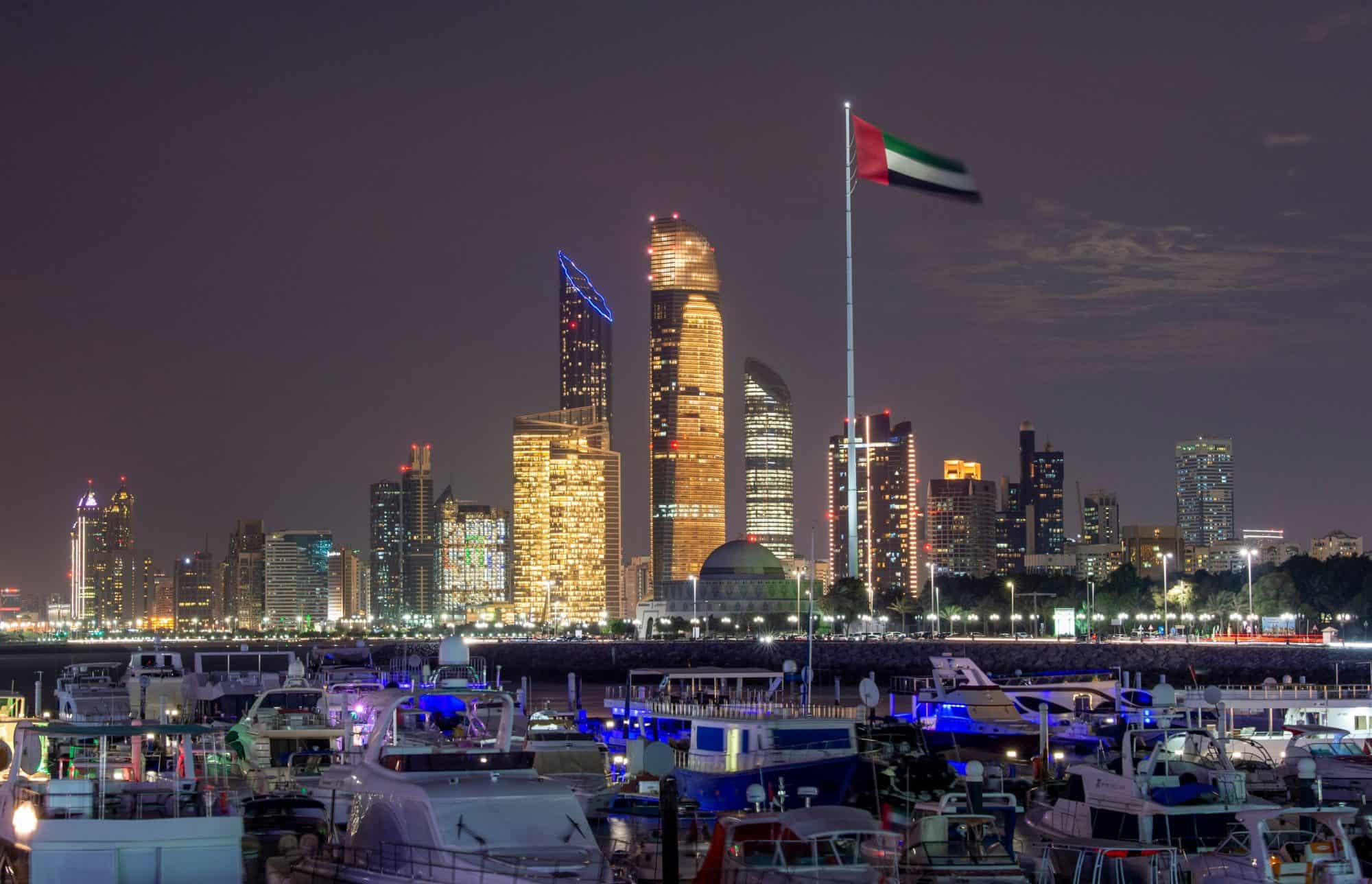Dubai, UAE—Saudi Arabia and the UAE, the two largest economies in the Gulf region, are the safest investment destinations in the Middle East and Africa (MEA) as well as the Gulf Cooperation Council region, a report said.
The Global Risk Report Quarterly Update (Q3 2022) by the data and analytics company, GlobalData, ranks Saudi Arabia and the UAE as the two countries with the least macroeconomic risk for investors.
The report is based on the GlobalData Country Risk Index (GCRI), which analyzes several economic factors and calculates the amount of risk an investor accepts when doing business in each country and region worldwide. The risk factor is represented by an overall score—100 being the riskiest.
With a score of 33.4, Europe was the safest investment destination, while the MEA was the riskiest with a score of 54, followed by the Americas (47.7) and the Asia Pacific region (41).
While the GCC region as a whole averaged 29.8, Saudi Arabia and UAE’s risk score was 21.4 and 18.8 respectively.
GCC countries are safe havens, the report said, based on other supporting environments. UAE (32.7) and Qatar (39.1) recorded the lowest political risks. The UAE is low on legal risk also at 31.7, followed by Saudi Arabia (39.8) and Bahrain (41.4). The three countries have scores lower than the GCC average of 47.1.
Demographic and social structure risks were the lowest in Bahrain (21.7) and Qatar (23), while the UAE managed another best (21) on the technology and infrastructure front. Against the GCC average of 53.9 on environmental risks, Bahrain was the least (37.8) risky in the region.
Syria, Yemen, and Libya highest-risk countries in MEA
In Africa, Morocco, Botswana and South Africa were the low-risk investment destinations, in that order, as far as the macroeconomic risks are concerned.
Syria, Yemen, and Libya were on the list of the highest-risk countries in Q3.
Puja Tiwari, Economic Research Analyst at GlobalData, said that while rising oil prices have increased the revenue of major oil producers and exporters in the MEA, high fuel costs have adversely impacted low-income nations—especially given their heavy dependence on staple food imports from Russia and Ukraine.
Tiwari said that the humanitarian crisis across Lebanon, Syria, Iraq, Libya, and Yemen, along with skyrocketing poverty, is impacting the MEA region.
“Due to curtailment of wheat exports from two main producers in the world (especially wheat from Russia and Ukraine), many countries across the MEA are already facing a major food crisis,” she said.
Oil sector to drive Saudi economic growth
Major oil exporting economies in the GCC are expected to boost their fiscal balance sheets and consequently strengthen their domestic currencies due to benefits accruing from high fuel prices in the wake of the Russia-Ukraine conflict, Tiwari told TRENDS.
For Saudi Arabia, the oil sector will remain the biggest driver of the economy. Strong non-oil economic growth is also expected to support the kingdom’s overall fiscal balances, she said.
Revival in the overall non-oil demand and high export volumes will benefit the UAE economy in the coming months, GlobalData said. Also, in the wake of the Emirates’ tourism development strategy, the tourism sector will continue to be one of the key drivers of the country’s economic growth.

